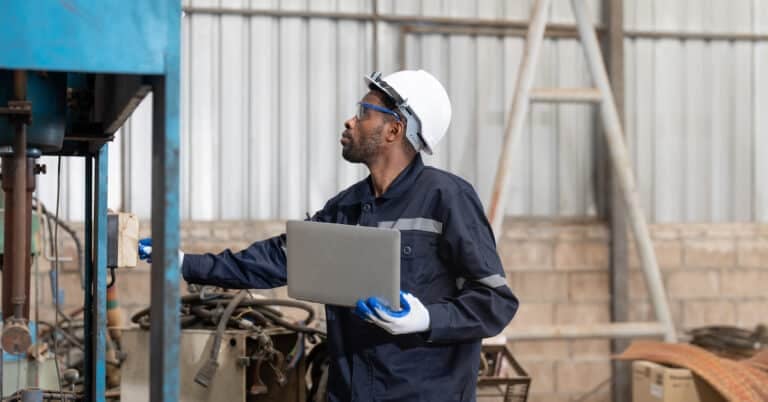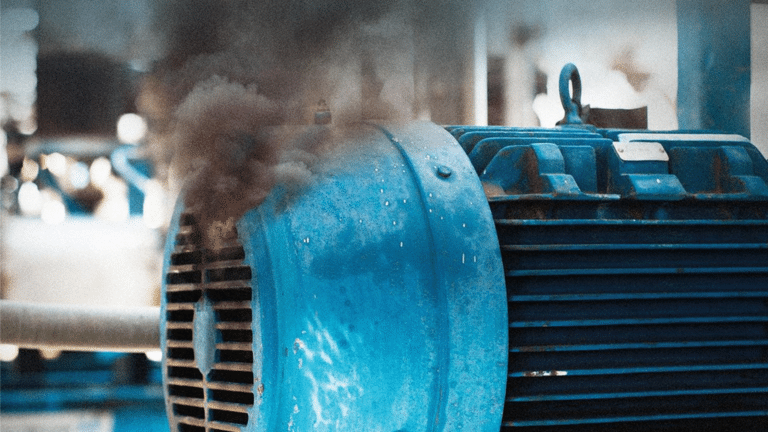The majority of the asset management conversation focuses on maintenance as the solution to preventing or reducing equipment failure and the associated costs. However, there are factors in other stages of the asset life cycle that can have a large impact on downtime and total cost of ownership. If your company relies on assets to produce a product or provide a service, then it is worth your time to address every stage of the asset life cycle with care. This shift to big picture thinking will take your asset management to the next level.
What Are the Asset Life Cycle Stages?
The first step in optimizing your overall asset management is understanding the different asset life cycle phases.
1. Acquisition
The acquisition life cycle is when you determine you need a particular asset, then design, build, purchase, install, and commission the asset. While you may think utilization and maintenance are the most important stages, that’s not true. Thorough planning and execution in the acquisition phase will set you up for the most success in later phases. If you think of it in construction terms, the work you do in the acquisition stage is like laying the foundation for a house. When your foundation has problems, it can affect the whole structure.
2. Utilization
This asset life cycle is pretty self-explanatory. Utilization is when you’re using the asset. It is typically the longest life cycle phase, as this is the useful life of your asset.
3. Maintenance
Utilization can involve maintenance, but it is broken into its own asset life cycle. This is because large repairs or breakdowns will take your asset out of production. So, your asset can jump back and forth from utilization and maintenance while it’s in service.
4. Renewal or Disposal
Whether you no longer need the asset or it reached the end of its useful life, the final asset life cycle is renewal or disposal. This stage involves decommissioning and disposing of the asset.
How Asset Life Cycles Impact Total Cost of Ownership
As stated earlier, proper planning in the acquisition phase will set you up for success later. This is because issues with design, build, or installation can cause higher failure rates and cost of operations and maintenance. All of which results in a higher total cost of ownership. The main cost in the acquisition phase is the purchase of the asset, but you may also have expenses for the design, build, or installation of your asset. While acquisition is where you can make a big impact, you incur most of your costs during the utilization and maintenance life cycles. Your asset is in these stages for a long period, and all your maintenance and repair expenses happen here.
How to Improve Your Asset Life Cycle Management to Reduce Costs
The problem with acquisition is a lack of clarity around what you really need and the appropriate budget. So, it is recommended to spend extra time outlining the specifications and projecting long-term operations and maintenance costs. Clear specifications will enable you to make a better purchasing decision. Additionally, cost projections help you justify a more expensive asset that will be more reliable and cheaper to operate and maintain long-term. What often happens is that companies don’t analyze the total cost of ownership of a cheaper asset that may be less reliable and experience more breakdowns.
Next, in the design, build, and install steps of acquisition, think about including support for later operations and maintenance. Can you add sensors to automatically track asset conditions? Do you have an asset management system to keep your maintenance plan on track? How will you handle critical spares and necessary inventory for this asset? Can you provide training to your operations and maintenance teams to ensure best practices are met? Investing time and money in this phase can provide greater reliability, safety, and ease of maintenance in later life cycles. This results in a decrease in equipment breakdowns, which reduces repair and downtime costs further reducing the total cost of ownership.
Utilize Total Cost of Ownership Reporting
There is already plenty of information out there covering how to optimize maintenance, so we will skip ahead to the renewal or disposal asset life cycle. It may not always be obvious when it’s time to decommission an asset. That’s where Redlist’s Enterprise Asset Management (EAM) software comes in. Due to age or circumstances, an asset may be taken out of utilization for unplanned maintenance. Using Redlist, you would go to your reporting dashboard and look at your total cost of ownership report for that asset. This provides the data you need to determine if it is more cost-effective to replace the asset instead of continuing to repair it. Having easy access to your total cost of ownership enables you to quickly decide if the asset has reached the final asset life cycle phase.
Make it a Team Effort to Reduce Your Total Cost of Ownership
Improving asset management at every stage of the asset life cycle requires everyone on the team to be invested. From the operators and maintenance technicians to engineers and procurement professionals, it takes the appropriate company culture to reduce total cost of ownership with this method. Maintaining assets is essential, but installing and operating them with care as if you own them goes a long way. In the end, this benefits everyone with a safer workplace and reliable equipment that supports production. Book an EAM software demo today!


